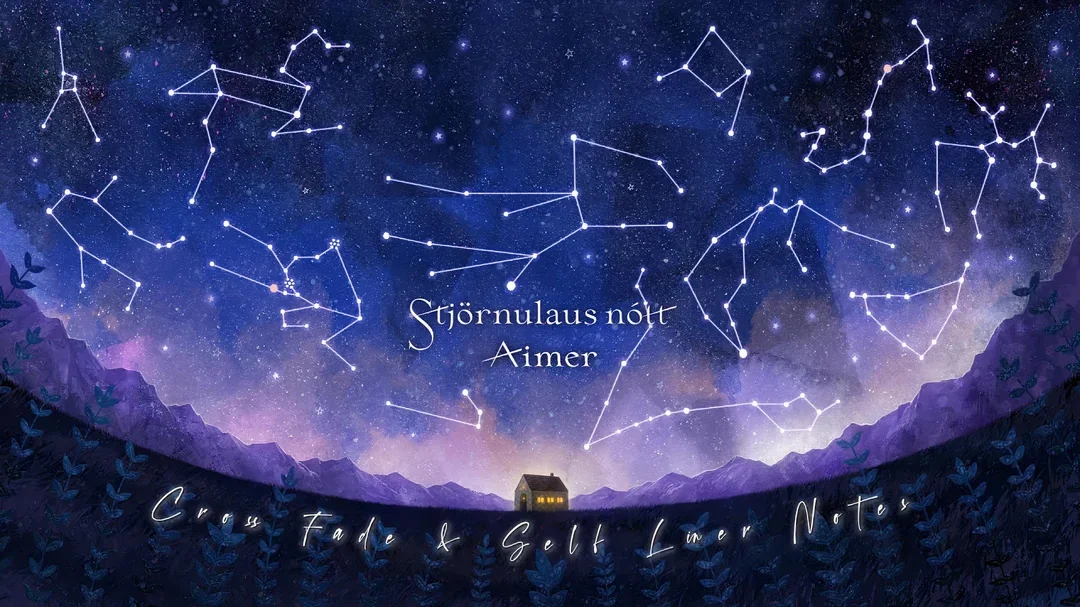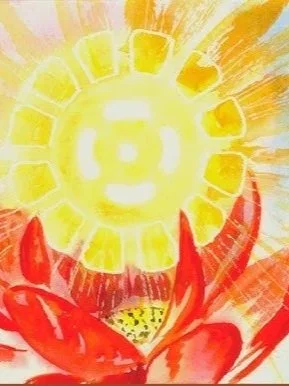
Those Awakened Who Guide Us
Spiritual Foundations of SEESALT's Vision 众光之源

The Light That Guides Our Work
"The problems we face are global but they demand local solutions as well as international cooperation."
— Kofi Annan, Former UN Secretary-General, Macalester College Class of 1961
SEESALT's mission—Sowing Light, Harvesting Eternity —emerges from a deeper current than development theory alone. Our work stands at the confluence of rigorous social science and ancient wisdom, recognizing that sustainable transformation requires not just institutional capacity but spiritual awakening, not just technical expertise but consciousness evolution.

Gitanjali 35
Where the mind is without fear and the head is held high;
Where knowledge is free;
Where the world has not been broken up into fragments by narrow domestic walls;
Where words come out from the depth of truth;
Where tireless striving stretches its arms towards perfection;
Where the clear stream of reason has not lost its way into the dreary desert sand of dead habit;
Where the mind is led forward by thee into ever-widening thought and action
Into that heaven of freedom, my Father, let my country awake.
Copyright Credit: Rabindranath Tagore, "Gitanjali 35" from Gitanjali (Song Offerings): A Collection of Prose Translations Made by the Author from the Original Bengali, intro. by W. B. Yeats (London: MacMillan, 1913). Public domain.
Source: Rabindranath Tagore, "Gitanjali 35" from Gitanjali (Song Offerings): A Collection of Prose Translations Made by the Author from the Original Bengali, intro. by W. B. Yeats (London: MacMillan, 1913). Public domain. (MacMillan, 1913)

Helena Petrovna Blavatsky (1831-1891)
Theosophy and Universal Brotherhood
Helena Blavatsky, co-founder of the Theosophical Society, articulated a vision that transcends the divisions paralyzing human progress. Her central teaching—that beneath surface differences of race, creed, and nation lies fundamental unity—resonates with SEESALT's commitment to bridging cultures and communities.
In The Secret Doctrine and The Key to Theosophy, Blavatsky revealed that humanity's evolution is not merely biological or economic but spiritual. Each soul progresses through cycles of learning, and communities, like individuals, either advance toward wisdom or remain trapped in ignorance and conflict.
Why this matters for SEESALT:
Our work in fragile states and marginalized communities recognizes that development cannot succeed through material intervention alone. Blavatsky's teaching reminds us that lasting change requires transformation of consciousness—moving from separation to synthesis, from exploitation to cooperation, from ignorance to illumination.
Helena Petrovna Blavatsky (1831-1891)

Theodor Däubler (1876-1934)
Das Nordlicht (The Northern Lights)
German poet Theodor Däubler spent fourteen years crafting his cosmic epic Das Nordlicht (The Northern Lights)—30,000 lines tracing the sun's mythical journey through darkness back to light. Like Savitri, Däubler's work is both cosmological drama and spiritual allegory: the sun represents consciousness itself, exiled into matter and darkness, struggling across millennia to return to its source.
The Northern Lights—aurora borealis—become the bridge between earth and heaven, the visible manifestation of spirit working through matter. Däubler saw in this natural phenomenon a symbol of humanity's task: to illuminate darkness, to bridge the material and spiritual, to bring light into the world's frozen regions.
From Das Nordlicht:
"Die Welt will Geist werden"
("The world wants to become spirit")
Why this matters for SEESALT:
Däubler's vision of the world striving toward consciousness resonates with SEESALT's understanding that development is not about imposing external solutions but midwifing what communities already seek to become. The Northern Lights—visible only in the darkest, coldest regions—suggest that spiritual illumination often emerges precisely where material conditions seem most harsh.

Sri Aurobindo (1872-1950)
Savitri: A Legend and a Symbol
Sri Aurobindo's epic poem Savitri stands as one of the 20th century's greatest spiritual works—23,000 lines charting the soul's journey from darkness to light, from death to immortality, from individual consciousness to cosmic consciousness. Savitri tells the story of a princess who descends into the realm of Death to reclaim her beloved's soul. But Aurobindo transforms this ancient legend into something far vaster: the story of humanity's evolutionary struggle toward divine consciousness. Savitri represents the awakened soul that refuses to accept suffering, limitation, and death as final—instead, she confronts and transforms these forces through the power of divine love and will.
From Savitri, Book I, Canto IV:
"A voice cried, 'Go where none have gone before.
Dig deeper, deeper yet,
Till thou reach the grim foundation stone
And knock at the dim mask's back and uncover the dire God's heart.'"
Why this matters for SEESALT:
Youth-led development demands the courage Savitri embodies—refusing inherited limitations, questioning established structures, descending into difficulty not to escape but to transform. When SEESALT consultants work in fragile states, climate-vulnerable regions, or communities written off as "hopeless," they channel Savitri's refusal to accept despair.
Sri Aurobindo taught that evolution is not complete—humanity is transitioning toward a higher consciousness he called the "Supramental." SEESALT's work participates in this evolutionary movement: each young leader awakening to their capacity, each community reclaiming agency, each institutional transformation represents consciousness ascending toward its destined fulfillment.
The epic's central theme—that love and consciousness can overcome death and darkness—mirrors SEESALT's conviction that even the most entrenched development challenges yield to persistent, conscious effort rooted in compassion and wisdom.

The Song of the Seraph of San Francisco (1945)
During the founding conference of the United Nations in San Francisco, April 1945, poet Mary Esther Crump experienced a vision: a great Seraph hovering over the city, reaching out to the stars to gather their virtues—Love from Venus, Peace from Merak, Goodwill from Betelgeuse, Victory from Arcturus, Cooperation from the Pleiades—and pouring them into the gathered delegates for the healing of nations.
From the poem:
"So on and on and on through the
stars and the planets:
calling them
loving them
naming the names of them in the one Name
I reach out and pluck of
their light and their virtues.
I pluck for the
healing of the
nations of
Earth."










